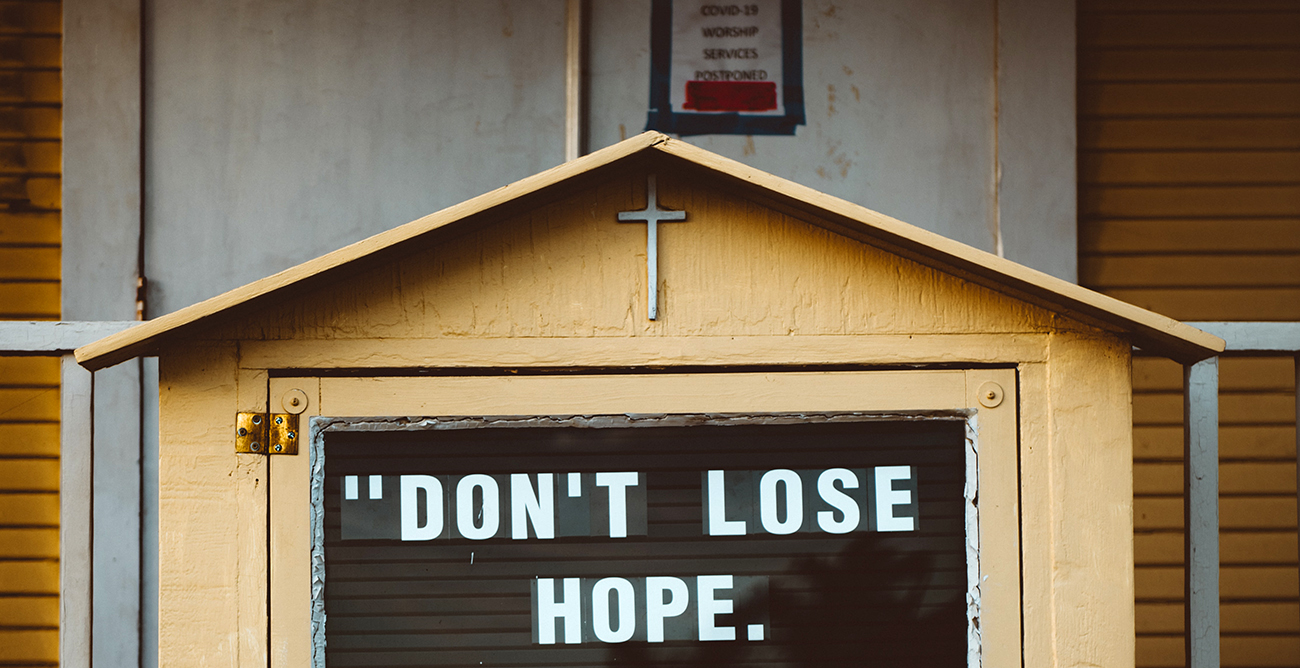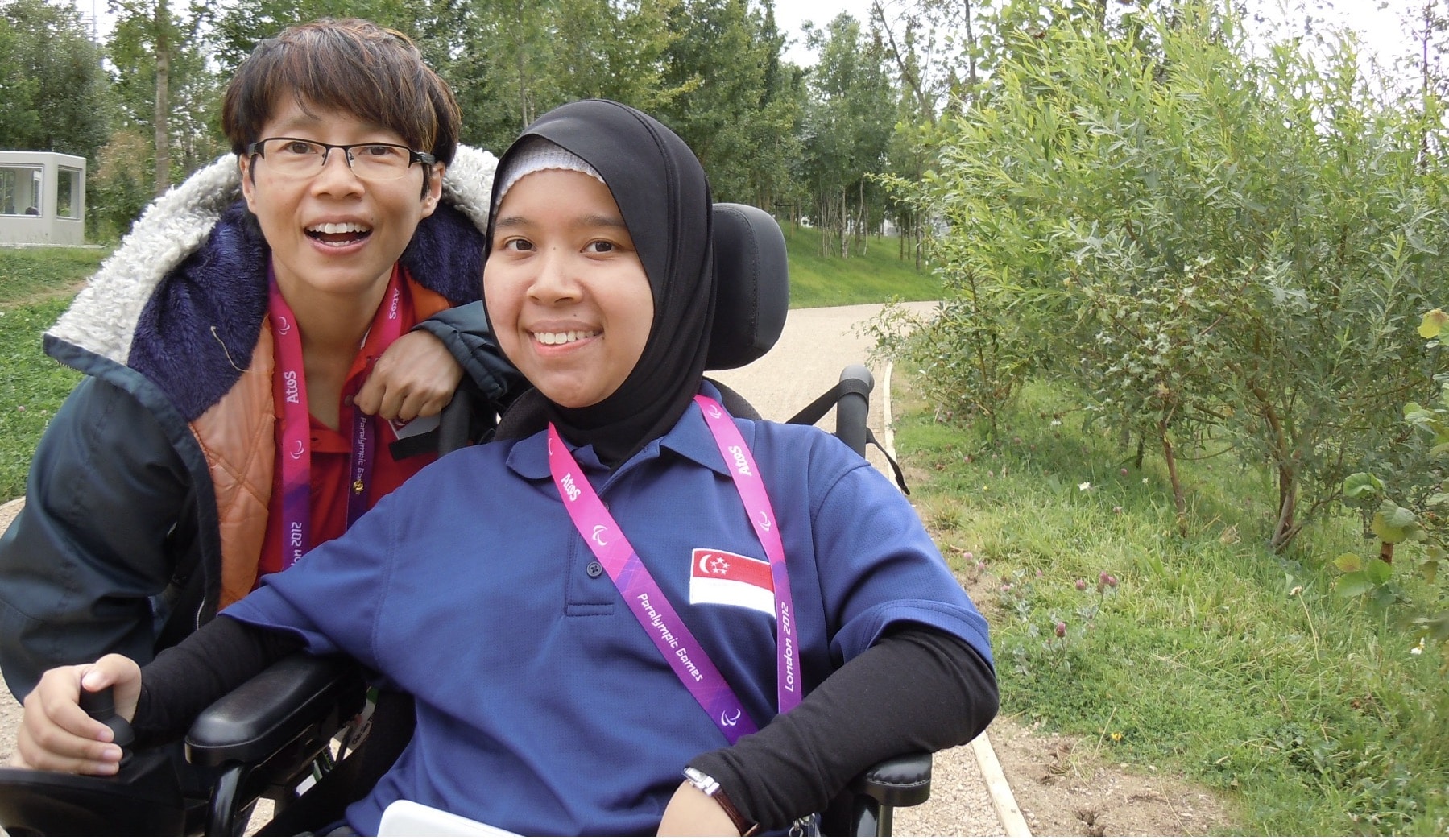Dear Church Leader, here are 5 things we’ve learnt we can do for our Church (Check-In Survey findings, Part 2)
by Pastor Edric Sng // May 20, 2020, 1:42 am

Church worship service postponed due to coronavirus. Photo: Tim Mossholder, Unsplash.com
It’s easy to read the findings of a survey, such as the Circuit-Breaker Check-In Survey we conducted in the past week, and skim the surface to see the bright side of things.
By all means, draw encouragement and comfort that for the most part, Christians (based on the snapshot the survey afforded us) are apparently dealing with the Circuit-Breaker fairly well, whether emotionally or financially.
But in Part 2 of this series analysing the findings, we’d like to draw attention to some areas the Church can consider working on, based on what readers are telling us through their responses to the survey.
The statistics presented in this article are drawn from Part 1 – to reduce duplication, the original graphs will not be reproduced in this article, and we encourage you to read the previous article first if you have not already.
(This is the second in a 3-part series of articles. Read Part 1: How Christians have fared amid the Circuit-Breaker and Part 3: Will Christians still visit online services beyond the Church-Breaker?)
5 LEARNING POINTS FOR CHURCH LEADERS
1. 3 IN 10 CHRISTIANS ARE EMOTIONALLY AFFECTED BY COVID-19. COMFORT THEM.
That is not a small number. In a church of 1,000, that would mean 300 would say their emotional state is “slightly worse” or “much worse” than before the Circuit-Breaker. In a cell group of 10, statistically speaking, 3 are struggling specifically because of the current circumstances.
And they may not admit it. The Check-In Survey was conducted anonymously via digital platforms, meaning people were free to say how they really felt – there would be little incentive to lie.
A large part of the reason the Church community exists is to comfort the broken-hearted.
But in Church, there are many reasons someone may not admit to being affected: Pride. Dignity. Inability to articulate. Shame. Fear of condemnation. Maybe the Church preaches such a high bar of faith that anyone who admits to any fear could be ostracised for it.
Or maybe, no one has even asked them.
A large part of the reason the Church community exists is to comfort the broken-hearted.
“Praise be to the God and Father of our Lord Jesus Christ, the Father of compassion and the God of all comfort, who comforts us in all our troubles, so that we can comfort those in any trouble with the comfort we ourselves receive from God.” (2 Corinthians 1:3-4)
So while we are thankful for the nearly 70% who say they are not emotionally impacted, we don’t just stop there.
CONSIDER: How can you identify the 3 in 10 in your Church? Does your Church have the right atmosphere (2 Corinthians 6:11-13) to encourage authentic, honest conversations? What more can we as Church Leaders do to encourage or comfort those who are struggling?
2. 17% ARE UNEMPLOYED OR FREELANCE WORKERS. IDENTIFY THEM.
Those who are unemployed (weighted average of 3.06) as well as freelance workers (3.43) ranked lower than salaried workers (3.71) and retirees (3.87) when asked about their ability to cope financially with the situation, with 5 being the highest score.
Except for a select few industries, many freelance workers will have seen their flow of income in the gig economy trickle to a halt in recent months. For those who used to get by without CPF contributions, this may even affect their ability to pay for the roof over their head.
With the global economic impact of the coronavirus pandemic still not yet fully played out, it is likely that more will join the ranks of the unemployed in the coming months. In Singapore, where the Church as a whole is very comfortably middle-class, a growing group of unemployed members may be a new challenge that many churches may not have not had to worry about.
CONSIDER: Do you keep a database of those who fall into these categories? What is being done to check in on them, even if it means asking the awkward questions about their ability to pay the bills month on month? Do you have a system to “matchmake” freelancers with possible hirers in your church? We should help our own.
3. 6.5% ARE STRUGGLING TO COPE FINANCIALLY. SUPPORT THEM.
It’s what the early Acts church, our Scriptural role model, would have done. “They sold property and possessions to give to anyone who had need.” (Acts 2:45)
Prayer is necessary, yes; words of encouragement are nice; exhortations to faith are pulpit staples. But all this can ring very hollow to someone who is facing bread and butter issues, struggling to pay the bills, and bearing the shame of not providing for their family.
How will you support those hardest hit by the economic impact of the coronavirus?
We have a saying in my church, that the coronavirus is a test of our physical hygiene, our spiritual hygiene and our relational hygiene – where the bonds we’ve built over the years are put to the test in terms of being able to help those who desperately need help.
So within my Church, we rolled out a similar survey, except we gave the option for those who are struggling financially to identify themselves by name, so that we can reach out (confidentially) to ensure they get the help they need.
How will you support those hardest hit by the economic impact of the coronavirus?
CONSIDER: What’s your Church model of financial aid? Direct financial support from the Church? Through your community services arm? Encouraging those around to chip in on a personal basis? Giving them in kind, rather than cash, such as with meals and necessities? Helping them find temporary employment? Advising them on how to tap the various Government or charity help avenues available?
4. THE NEXT GENERATION IS FEELING THE STRAIN. MENTOR THEM.
The survey findings show a clear, linear correlation between a respondent’s age and how the COVID-19 situation has affected his or her walk with God, emotional state and anxiety levels (see Deep Dive #1 in Part 1).
Don’t invalidate their perspective. How one’s emotions are impacted is a purely relative, subjective viewpoint; if a person feels it, it is real to them.
Instead, try giving them the benefit of the doubt. I’d like to think that youths and young adults rate themselves lower on their walk with God not because they are necessary struggling more, but because they have a higher bar for what they believe a strong walk with God should look like. They have been steeped longer in the faith, and the Internet gives them more access to quality teaching and preaching.
Also understand that this is a generation that may be facing their first real crisis. To many, this is their 9/11, their Confrontasi, their JFK moment. COVID-19 will be the watershed defining period around which a whole generation will define their lives – separating the years B.C. (Before COVID-19) and after. There is a learning curve on the ability to cope.
Who will walk with them through this journey of coming to terms with this new normal?
CONSIDER: How does the next generation view the preceding generations in your Church? Who are their role models? Are there open lines of communication between generations? Are there mentoring relationships in place? Who will they turn to when they’re really struggling to cope? Who is discipling them through the stresses of this season – the Church or the world?
5. CELL GROUPS DO NOT SIGNIFICANTLY AFFECT HOW PEOPLE ARE COPING. STRENGTHEN THEM.
Whether in terms of walk with God or levels of anxiety, survey respondents who belong to Cell Groups only fared marginally better than those who are not in a Cell Group (see Deep Dive #3 in Part 1).
A season like this can painfully expose Cells which have only built up superficial relationships in the past – social clubs with no meaningful input into the lives of members. Now the shaking has begun, such cells will prove little use in speaking Scriptural reassurance into the circumstances.
Dear Church Leader, how can you make the most of this season to gauge and improve the strength of your Cell Group system?
But a season like this can be the catalyst for a marked transformation in what a Cell means to each member. Knowing that people are universally coping with the demands of Stay Home Work and Home Based Learning, boredom, cabin fever, financial strains, and emotionally-fraught responses, the Cell can really step up to be a helpful community of support.
For example, I know a Filipino pastor who tells me that more than half of the 9 Cells in her cluster have been meeting daily over Zoom from 10pm each day during the Circuit-Breaker, with the chats winding down only after midnight. They need this because many are far from home; their Cell is their family while here.
Church should be family – we call ourselves brothers and sisters! Dear Church Leader, how can you make the most of this season to gauge and improve the strength of your Cell Group system?
CONSIDER: What is your vision for Cells in your Church? Does everyone know it, from leaders to members? What is your Church process for continued inspection of Cells, to ensure they stay mission-focussed? What is the atmosphere like in each Cell? Are those on the margins made to feel accepted? Can real struggles be freely shared?
This is the second in a 3-part series of articles. Read Part 1: How Christians have fared amid the Circuit-Breaker and Part 3: Will Christians still visit online services beyond the Church-Breaker?
We are an independent, non-profit organisation that relies on the generosity of our readers, such as yourself, to continue serving the kingdom. Every dollar donated goes directly back into our editorial coverage.
Would you consider partnering with us in our kingdom work by supporting us financially, either as a one-off donation, or a recurring pledge?
Support Salt&Light


